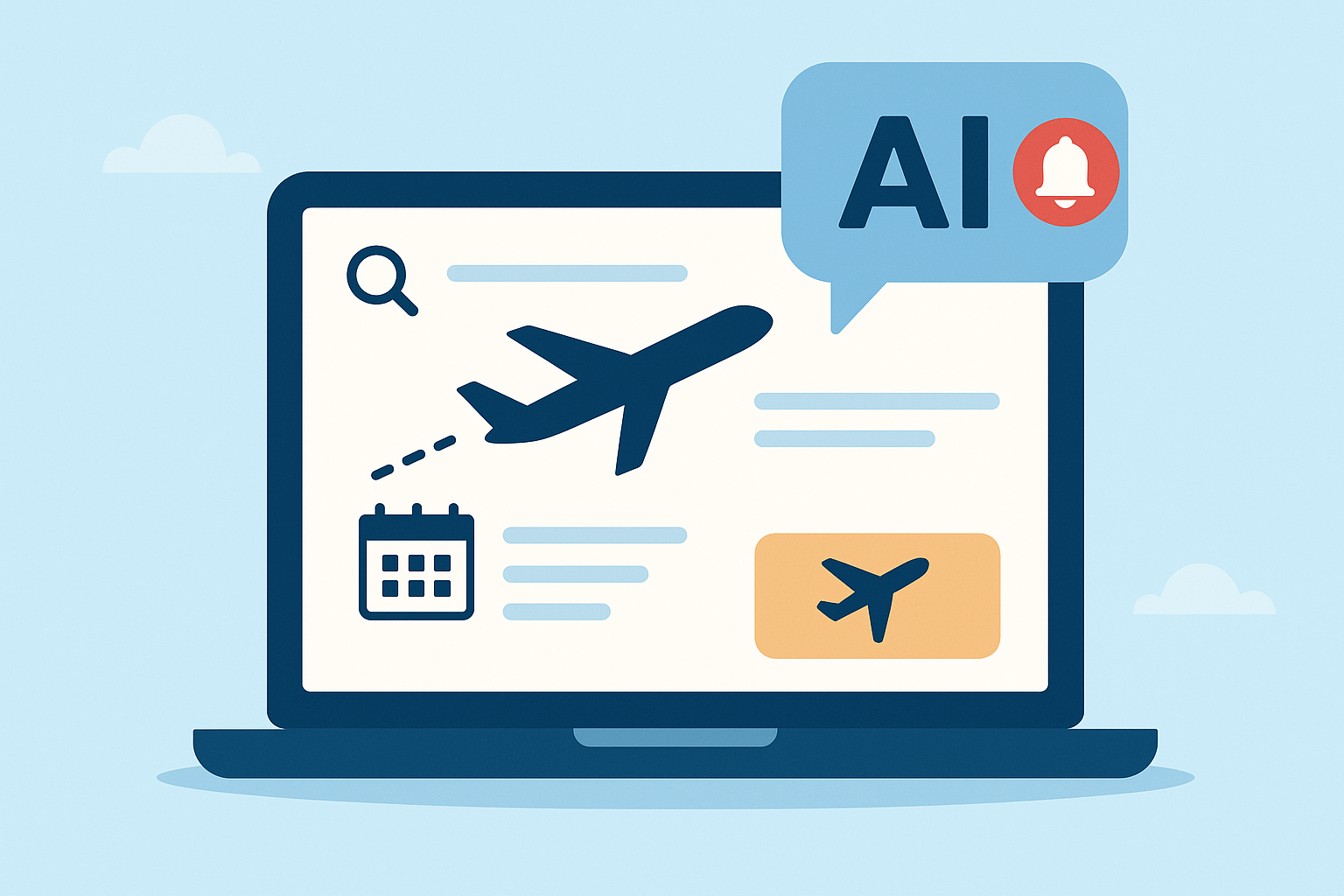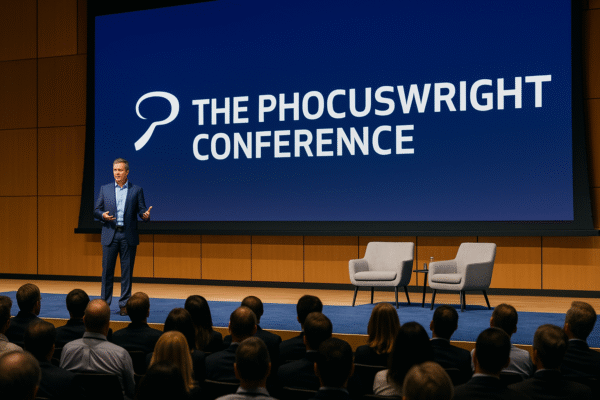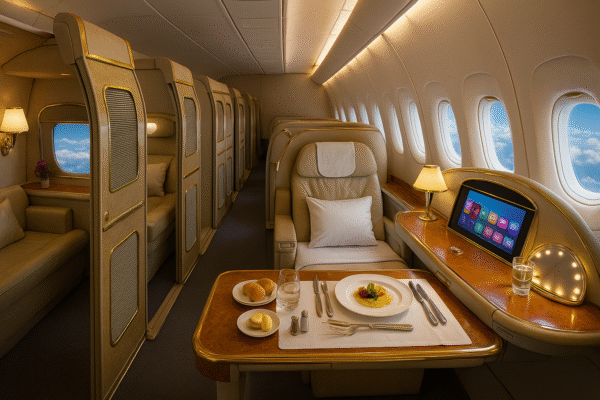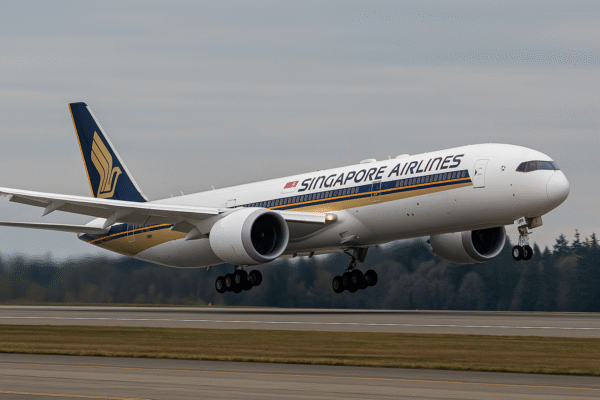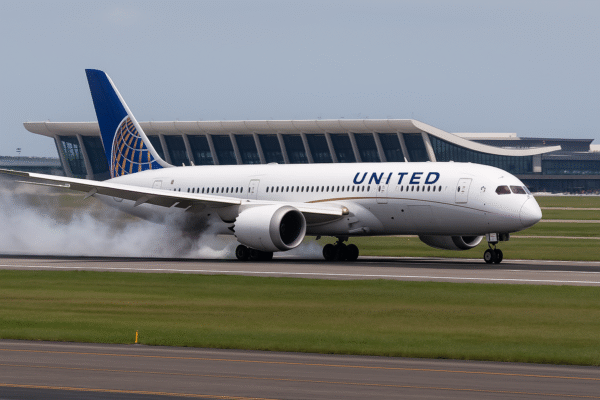The global aviation landscape is poised for a transformative leap as Singapore Airlines gears up to welcome the next-generation Boeing 777X aircraft into its long-haul fleet. Following years of delays, the U.S.-developed widebody aircraft is back in flight trials, marking a significant milestone for both American aerospace innovation and Singapore’s forward-looking commercial aviation strategy.
Backed by recent regulatory approval from the U.S. Federal Aviation Administration (FAA), Boeing’s highly anticipated 777X program has cleared a critical hurdle. With Type Inspection Authorization (TIA) now in place, test flights have resumed from Boeing’s Everett facility near Seattle, signalling renewed momentum toward full certification and commercial deployment—anticipated as early as mid-2026.
This move not only strengthens the aviation ties between the United States and Singapore but also promises to set a new global benchmark for ultra-long-haul air travel.
A Game-Changing Aircraft for Ultra-Long-Haul Services
The Boeing 777X series, which includes the 777-8 and 777-9 variants, is built to redefine long-haul air travel. Engineered with cutting-edge GE9X engines, advanced aerodynamics, and composite wings with folding wingtips, the 777X is the successor to the popular 777-300ER. It offers 10% greater fuel efficiency, a longer range of up to 13,500 kilometres (8,400 miles), and increased seating capacity, making it ideal for intercontinental routes.
These technical advances will allow Singapore Airlines to launch non-stop services connecting Southeast Asia with major destinations in North America and Europe, offering shorter travel times, reduced layovers, and enhanced passenger comfort. According to data from Boeing, over 500 orders for the 777X have already been placed globally, with Singapore Airlines among the key launch customers.
Singapore Airlines Eyes Fleet Modernisation and Premium Travel Experience
Singapore Airlines, known for its award-winning service, is expected to replace its ageing Boeing 777-300ER fleet with the 777X, thereby boosting operational efficiency and sustainability. The airline has confirmed plans to deploy the aircraft on long-haul routes to North America and Europe, reaffirming its position as a leader in premium intercontinental travel.
In tandem with the aircraft introduction, Singapore Airlines is working on all-new cabin products, including redesigned first and business class suites with enhanced privacy, wellness features, and luxury. Rumours suggest that the carrier may introduce next-generation seating configurations, inspired by its renowned “Singapore Suites” and “Business Class Skybed” products.
Passengers can also look forward to the latest inflight entertainment systems, high-speed connectivity, and more refined inflight ambience—with features like larger dimmable windows, lower cabin altitude, improved humidity, and quieter engines contributing to a healthier and more restful journey.
Boeing 777X: A Global Flagship for the Future of Aviation
Apart from Singapore Airlines, several other major carriers including Emirates, Lufthansa, Qatar Airways, and Cathay Pacific have lined up to integrate the 777X into their long-haul strategies. Many have deferred cabin upgrades until the arrival of this aircraft, positioning the 777X as the centrepiece of their future premium service offerings.
For instance, Lufthansa has committed to using the 777X to serve transatlantic routes from Germany, with a focus on reducing emissions and increasing passenger satisfaction. Emirates, the largest 777X customer, plans to gradually phase out its Airbus A380s in favour of the more efficient 777X.
The aircraft is expected to take over the mantle of flagship aircraft as superjumbos like the A380 are phased out due to high operating costs and airport infrastructure constraints.
FAA Approval Brings Clarity to Certification Timeline
The FAA’s recent greenlight to proceed with the TIA phase marks a pivotal point in Boeing’s journey to bring the 777X to commercial service. With extensive flight testing now underway, Boeing aims to complete the aircraft’s certification by late 2025 or early 2026, barring further regulatory or technical setbacks.
According to the FAA and Boeing’s joint roadmap, this phase includes comprehensive testing of avionics systems, fuel efficiency, flight stability, and emergency protocols. These rigorous tests are designed to meet new, more stringent airworthiness standards introduced in the wake of previous certification controversies.
Environmental Sustainability and Next-Gen Efficiency
Singapore Airlines has reiterated its commitment to reducing carbon emissions as part of the International Air Transport Association’s (IATA) 2050 net-zero goals. The Boeing 777X, with its lower fuel burn and emissions compared to older aircraft, is expected to be a key enabler in achieving this vision.
Additionally, the aircraft is designed to support the use of Sustainable Aviation Fuel (SAF), aligning with Singapore’s broader national initiatives for green aviation, such as the Changi SAF Taskforce and CAAS’s Sustainable Air Hub Blueprint.
Looking Ahead: 2026 and Beyond
As global travel demand continues to rise post-pandemic, airlines are shifting focus toward innovation, sustainability, and passenger experience. The reactivation of Boeing 777X testing signals a new era for long-haul travel—one that prioritises environmental responsibility, luxury, and operational excellence.
For Singapore Airlines, the 777X will serve not only as a fleet upgrade but as a brand statement of premium service and future readiness. And for the broader aviation industry, this U.S.-Singapore collaboration exemplifies the shared pursuit of advancing the future of air travel.
By mid-2026, when the first 777X flights are expected to enter commercial service, global passengers may find themselves enjoying quieter cabins, faster routes, and next-level comfort—all aboard the world’s most advanced twin-engine jet.
For more travel news like this, keep reading Global Travel Wire

